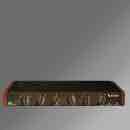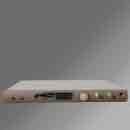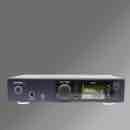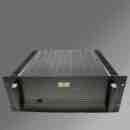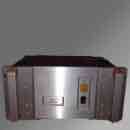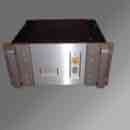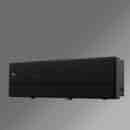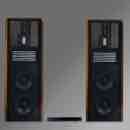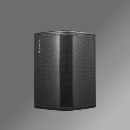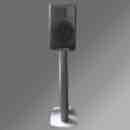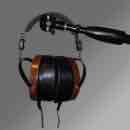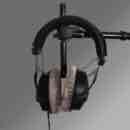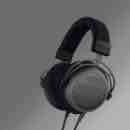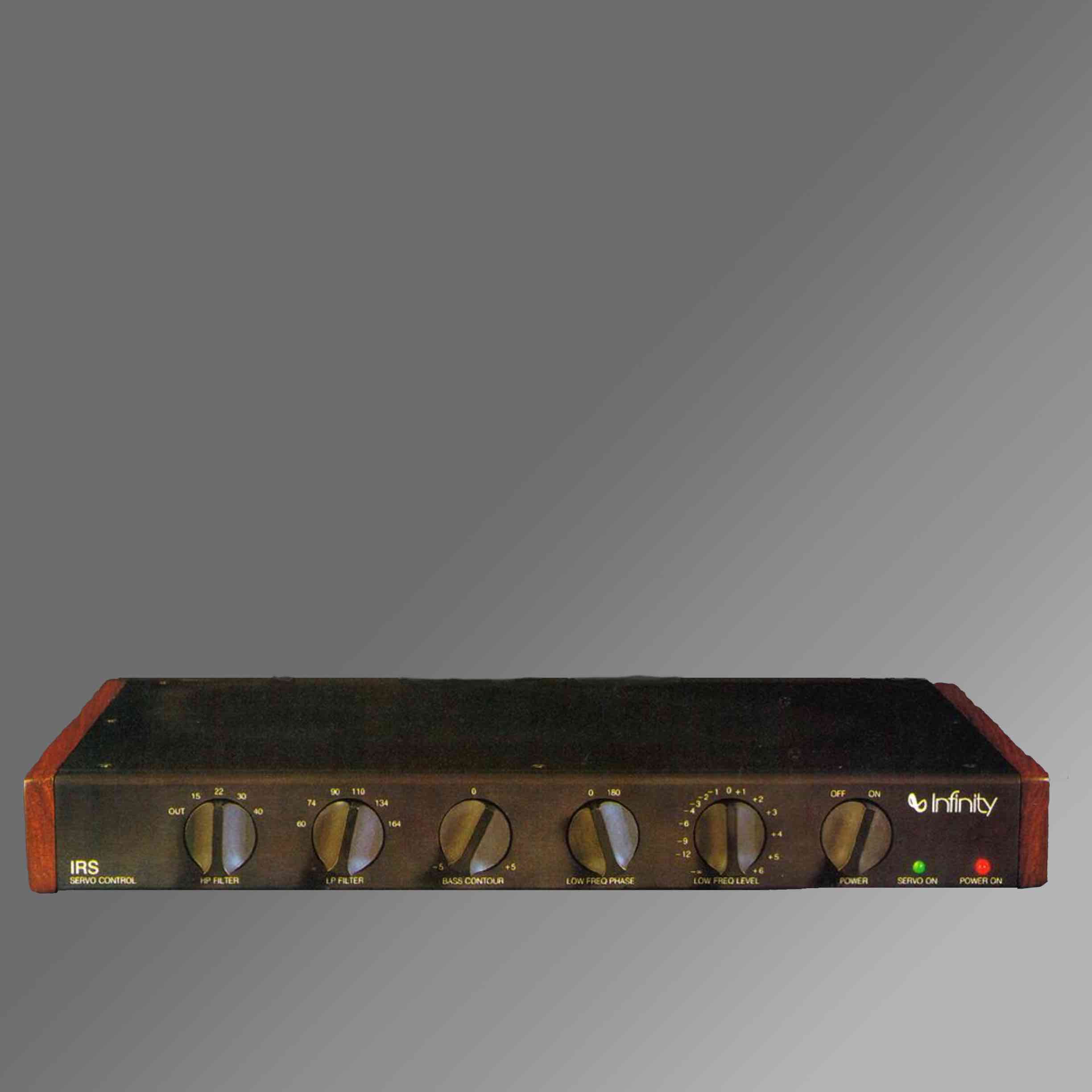
Infinity SCU
The servo control unit for the bass
Arnie Nudell, legendary founder of Infinity and inventor of many revolutionary ideas in audio technology, developed this technique. Infinity built the first magnetostats, produced the first Class D power amplifier and the lightest Kevlar tonearm (black widow) and also this servo controller. In conjunction with the sensor built into the loudspeaker, it enables perfect feedback system for low frequencies. Frequencies up to 15 Hz are possible with the smallest distortions.
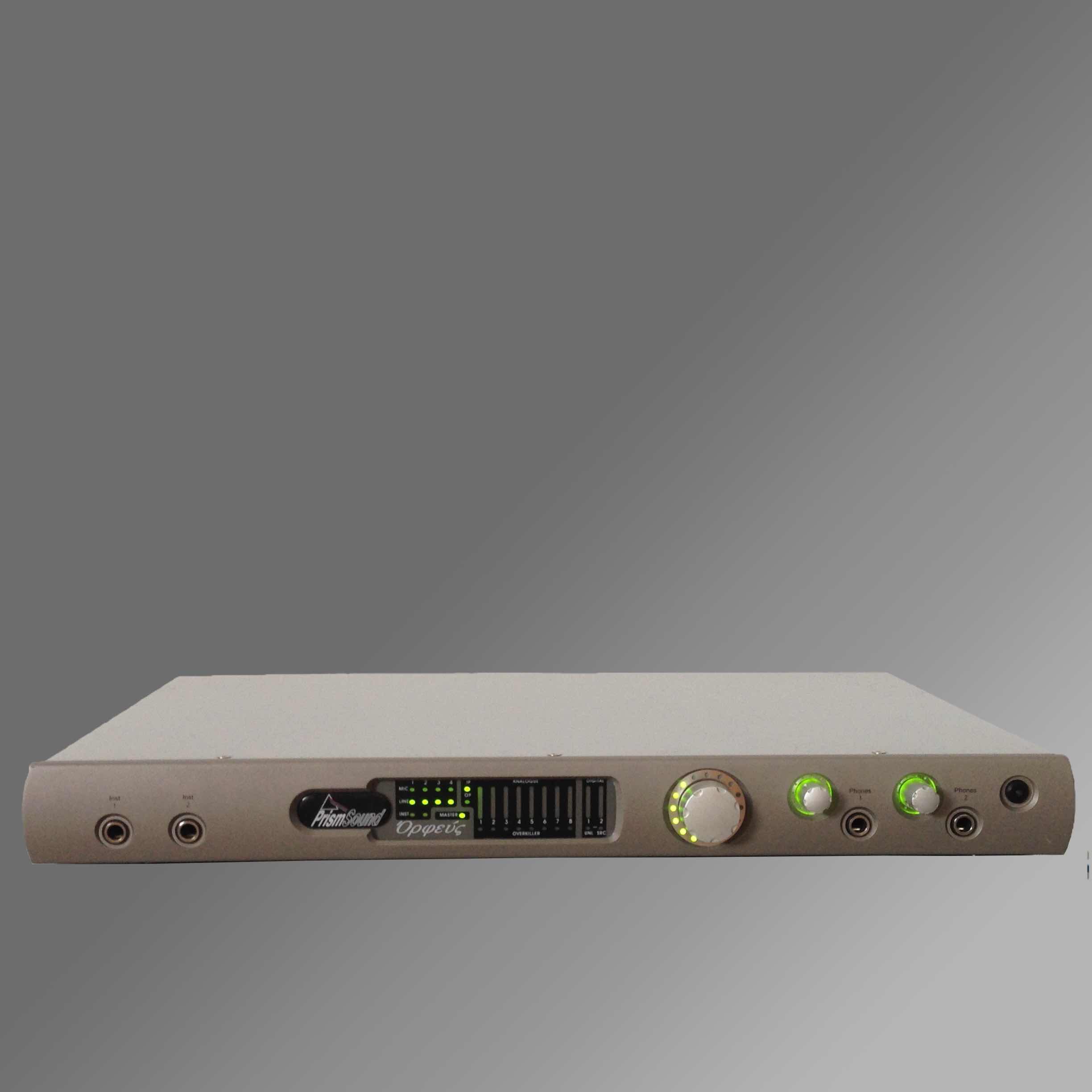
2 x Prism Orpheus
Ultra Clean & Organic
We use our two Prism Orpheus primarily for very high quality AD and DA conversion. However, the Prism Orpheus also has four great sounding preamps. These provide clean 65 db gain with no frills but also without noise or distortion.
For AD and DA conversion, the Prism, together with its brother ADA-8XR, has set the benchmark for conversion since its appearance. Even with external clocking the Prism is extremely musical and tight due to its Cleverclox.
Last but not least, the Prism Orpheus has another quality: It can be used as a monitor controller with volume compensation for the various listening systems including surround monitoring. This is how we control our altiv multi way main monitors. Its digital volume control allows a precise, repeatable setting with imperceptible and uncritical loss of resolution.
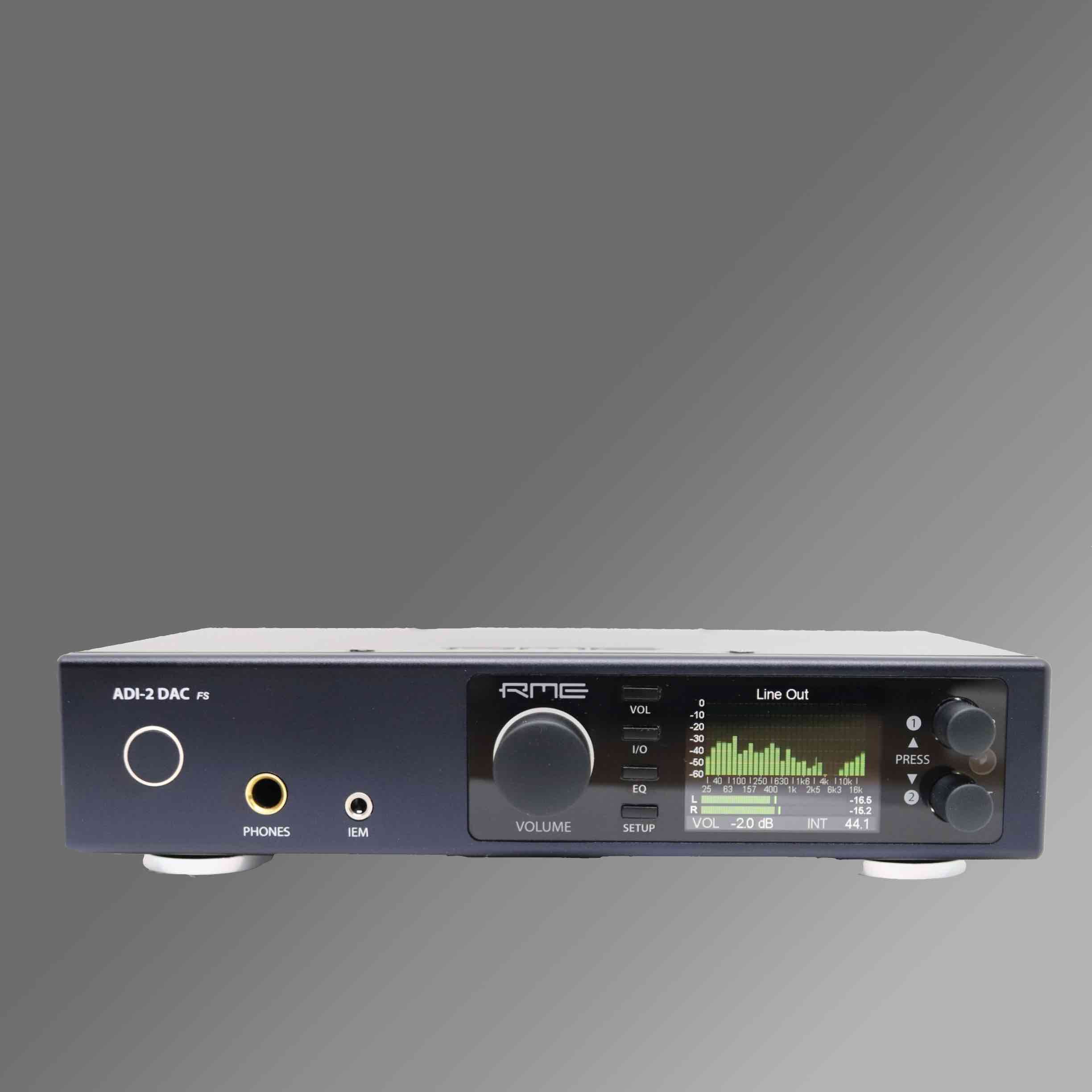
RME ADI-2-DAC FS
The mobile mastering grade converter
The new RME converter is ideal for mastering situations. It processes PCM, DXD and DSD streams with up to 768 kHz. Its headphone outputs provide enough power for even the most difficult headphones, with the least distortion and noise. The programmable DSP enables ear-, headphone and room correction equalization and calibrated loudness to compensate for the Fletcher Munson curves.
A fantastic device.
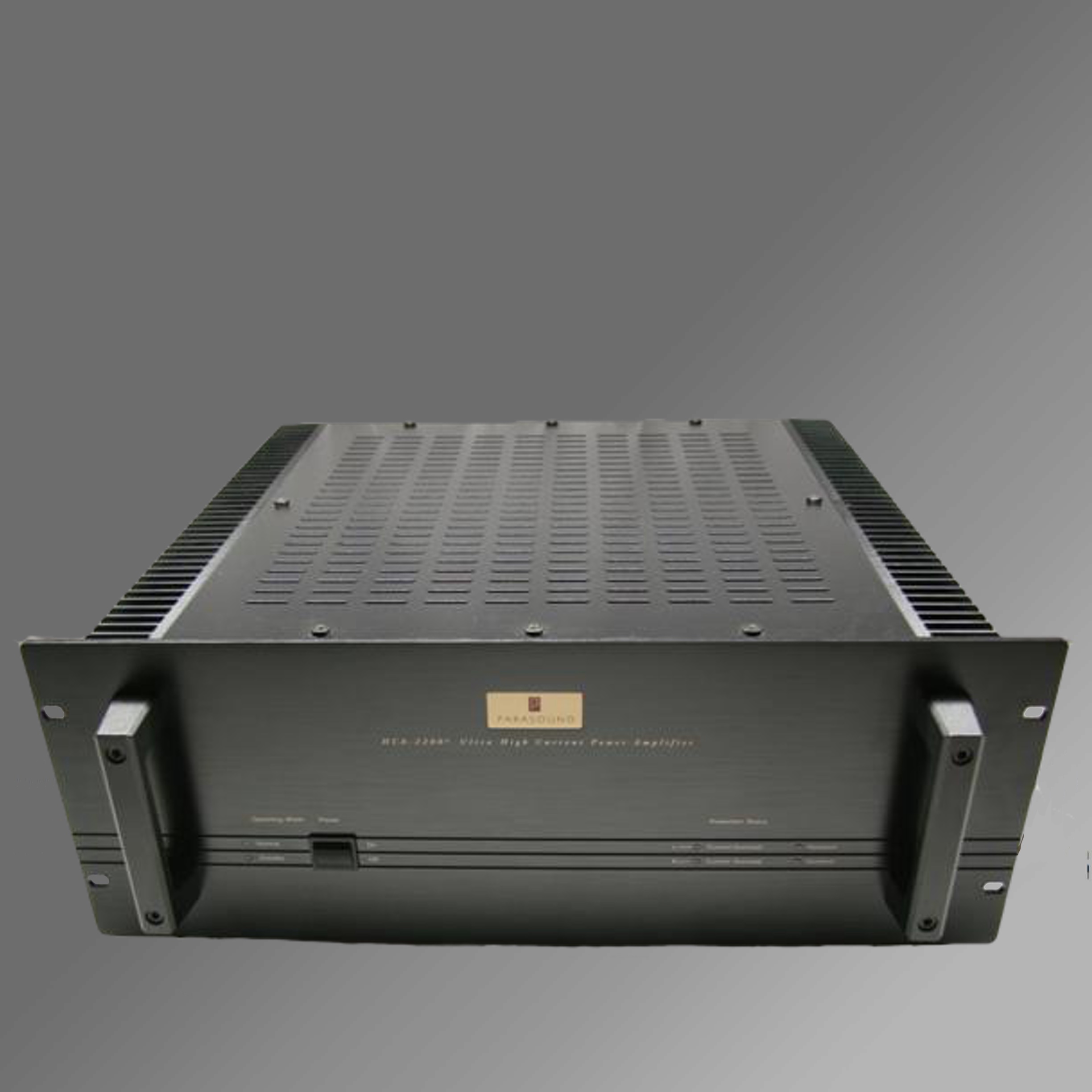
Parasound HCA 2200 MK II
The stable power amp
The well-known developer John Curl developed this power amplifier with the aim of producing a powerful / load-stable power amplifier with excellent audio properties. With 2 x 220 watts at 8 ohms and 2 x 400 watts at 4 and 2 ohms and a peak current of 90 amps, this power amplifier drives everything in the studio adequately.
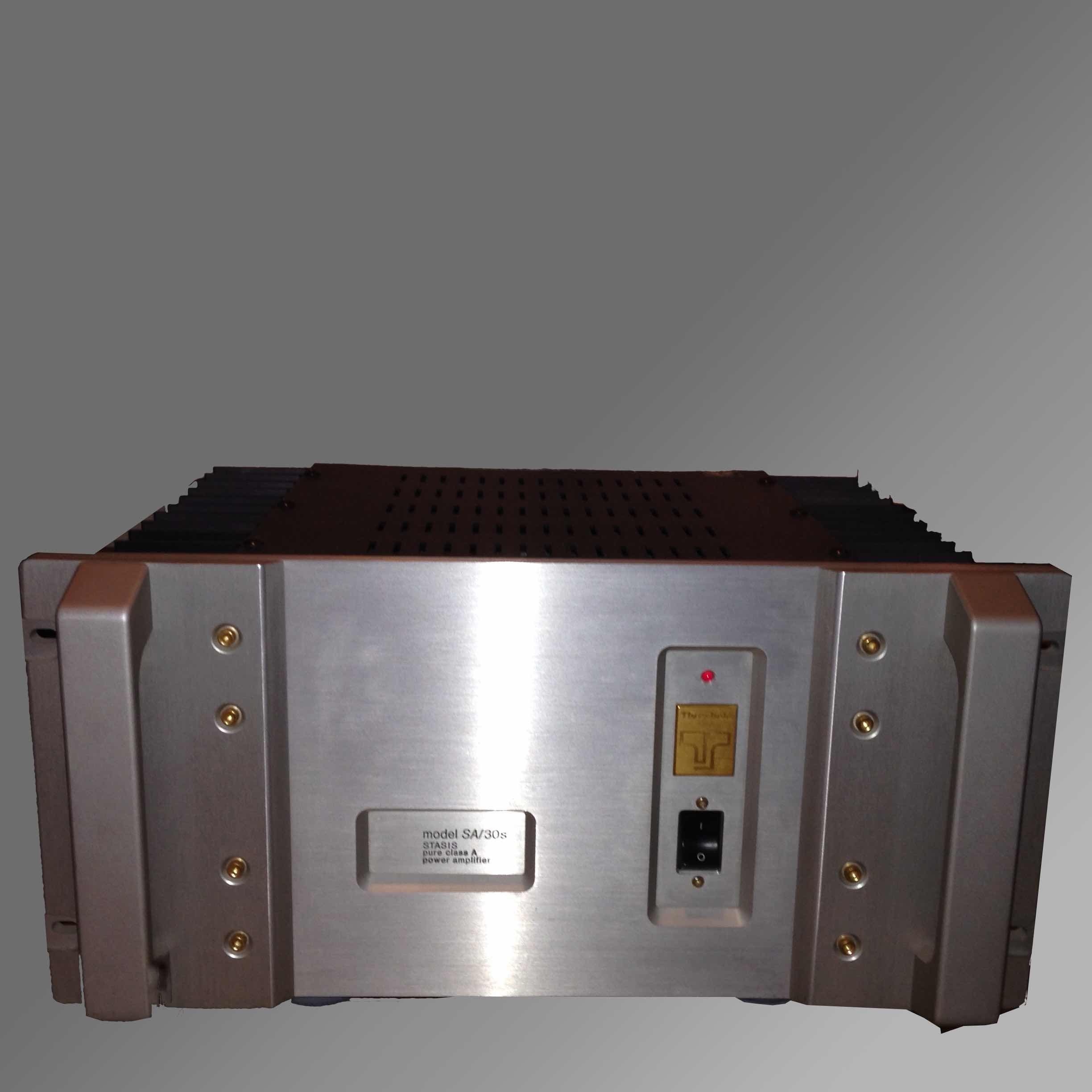
Threshold SA 30
Nelson Pass' delicate and strong class A power amp
The Threshold SA 30 is still from the aegis of the power amplifier legend Nelson Pass. It seems to be weak with 2 x 75 watts, but at 4 ohms it is already 2 x 150 watts and at the 2 ohms as required by the IRS gammas it is 2 x 300 watts in pure class A.
The thresholds sound soft, detailed and rich. It's the perfect fit for the infinities.
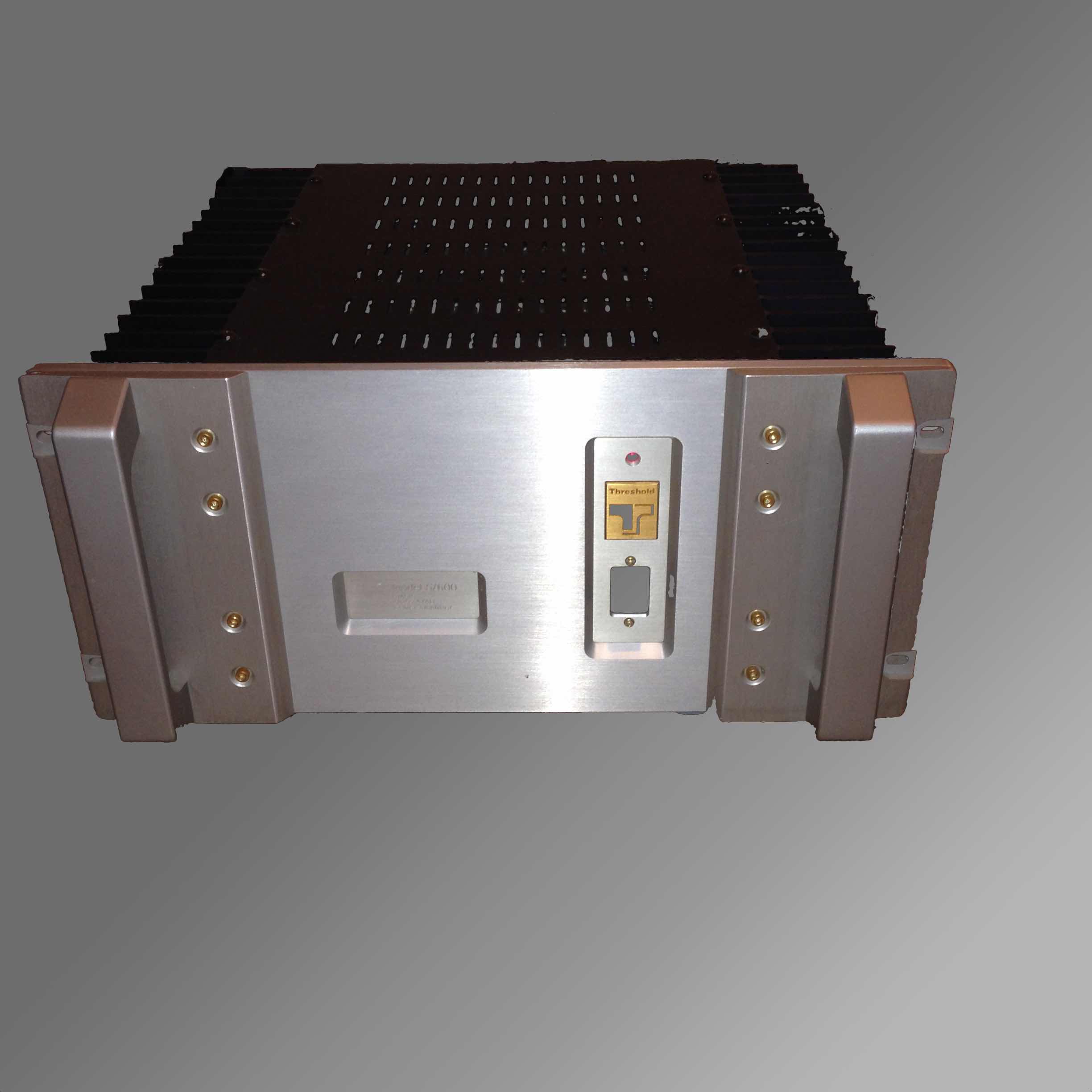
Threshold S600
The powerhouse for the studio
The Threshold S 600 is still from the aegis of the power amplifier legend Nelson Pass. It delivers 2 x 300 watts into 8 ohms, 2 x 600 watts into 4 ohms and 2 x 1,000 watts into 2 ohms. This means that the output stage provides enough power and electricity for the four 12“ subwoofers of the Infinities. The thresholds have a high damping factor and have the four 12 “neodymium speakers of the IRS Gamma perfectly under control. The S 600 sounds soft with a large "bottom end".
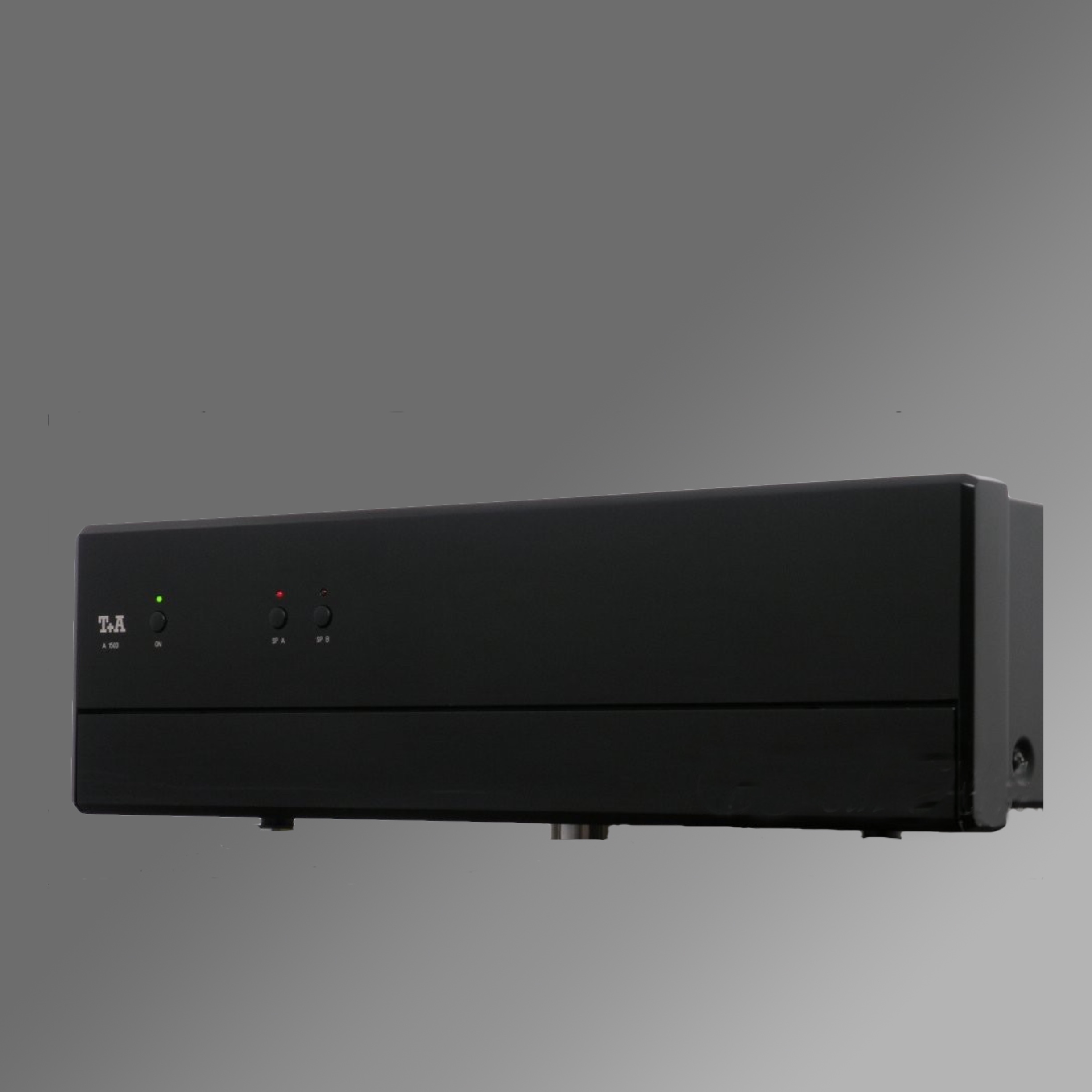
T&A A1500
German engineering
This power amplifier can be operated either as a pure monoblock or as a 2-channel stereo power amplifier / power amplifier. With a power output of 2 x 330 watts into 2 ohms, this amp is powerful enough to operate pretty much all speakers with ease. The T&A can be operated symmetrically. This amplifier is known for its extremely clean sound. We use this amp for clean playback on our WS2 monitors.
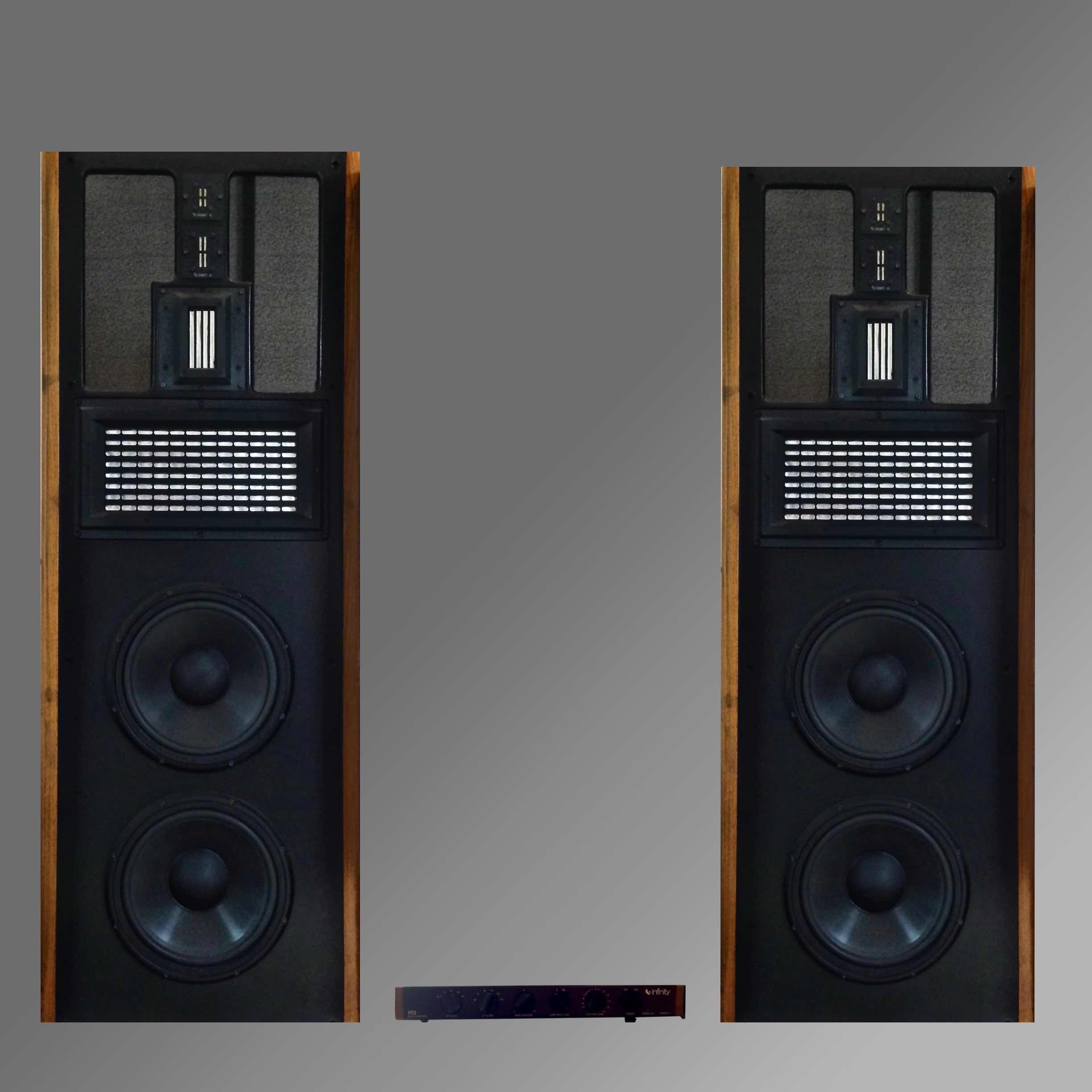
Infinity Reference Standard Gamma
… is not only accurate, but also incredibly fun
The IRS Gamma is a dipole loudspeaker with figure of 8 characteristics. Thus it has a strong attenuation to the side and bundles the sound vertically. This effectively prevents unwanted (close) reflections and the loudspeaker still sounds completely natural. The Infinity IRS Gamma only uses magnetostats to reproduce frequencies above 100 Hz, which are extremely open, transparent and, due to their low mass, reproduce transients extremly well. To ensure the highst possible performance of this speaker we acitvated it's five ways. Every driver has its own Class A amplification with best possible damping. A digital crossover using FIR technique ensures a phaselinear reproduction of the crossover frequencies and a time coherent performance of the music. A sensor is built into the bass which, together with the servo control unit, creates a perfect feedback system for the linear response of frequencies below 16 Hz.
This system allows fatigue-free listening even at high volumes.
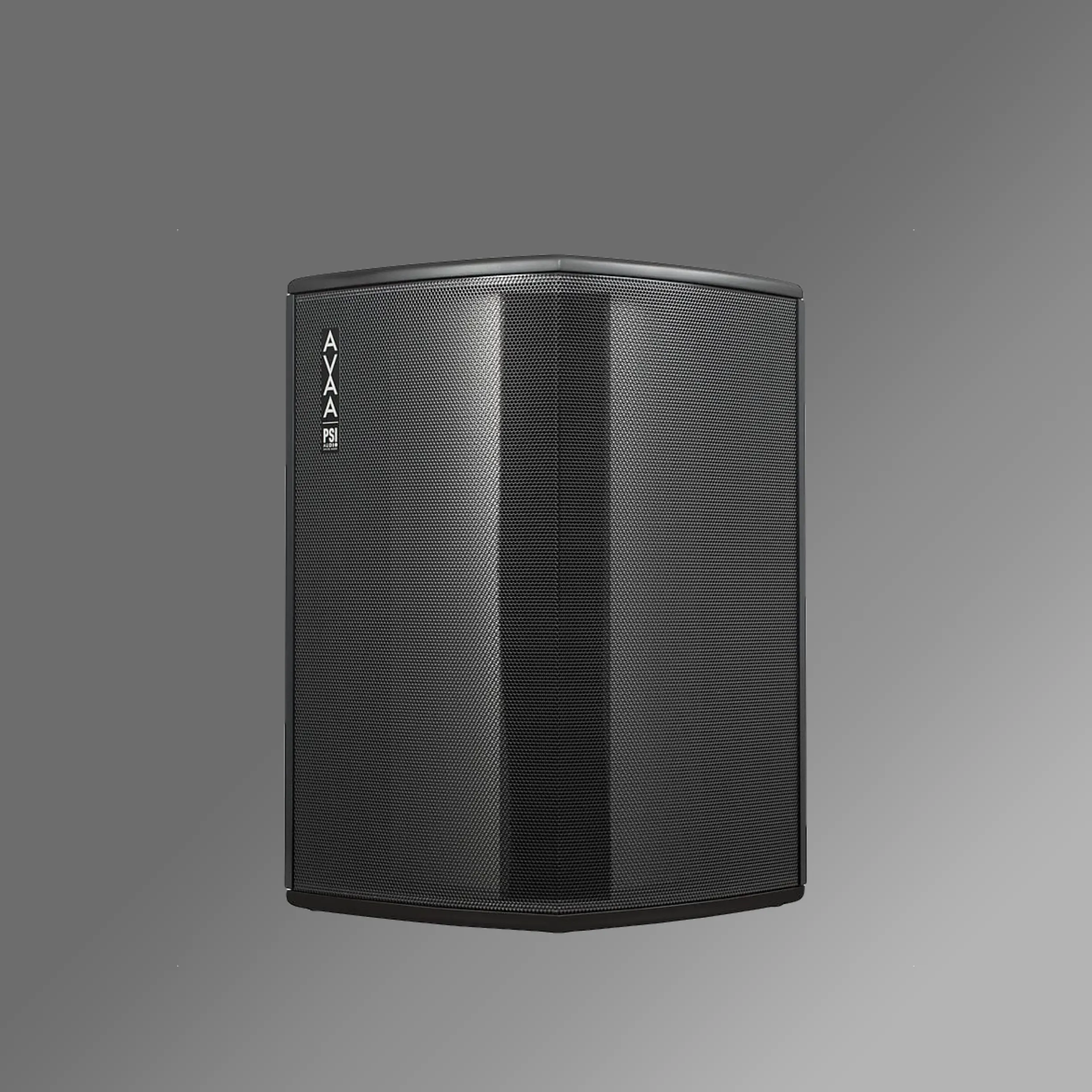
PSI AVAA C20 active absorber
…The wall torn out
Everyone who has dealt with room acoustics knows that actually every room has standing waves in the low frequency range due to overlapping reflections. These leads to a dramatic amplification of specific frequency bands and just beside it to the complete extinction of exactly this frequency. In addition, the standing wave remains in the room for a long time, although the sound has long since faded away. This effect occurs in practically all rooms that have opposite parallel walls.
These so-called modes are difficult to combat. To successfully absorb frequencies below 100 Hz, one needs absorbers about 1 meter thick (¼ of the wavelength to be absorbed). Helmholtz resonators can solve the problem more effectively, but they must be tuned precisely and then they work only for that one frequency.
PSI, a Swiss high-end monitor manufacturer, has spent years in development with the University of Geneva / Lausanne to create an active system that does not work with "antisound" as is often erroneously claimed, but with a sound pressure to sound velocity transducer. The result is that the PSI AVAA acoustically tears a hole in the back wall and thus effectively prevents reflections. At the same time, the PSA AVAA works very effectively for all modes from 15 to 150 HZ. In such a treated room, problems in the bass can be identified and corrected very well.
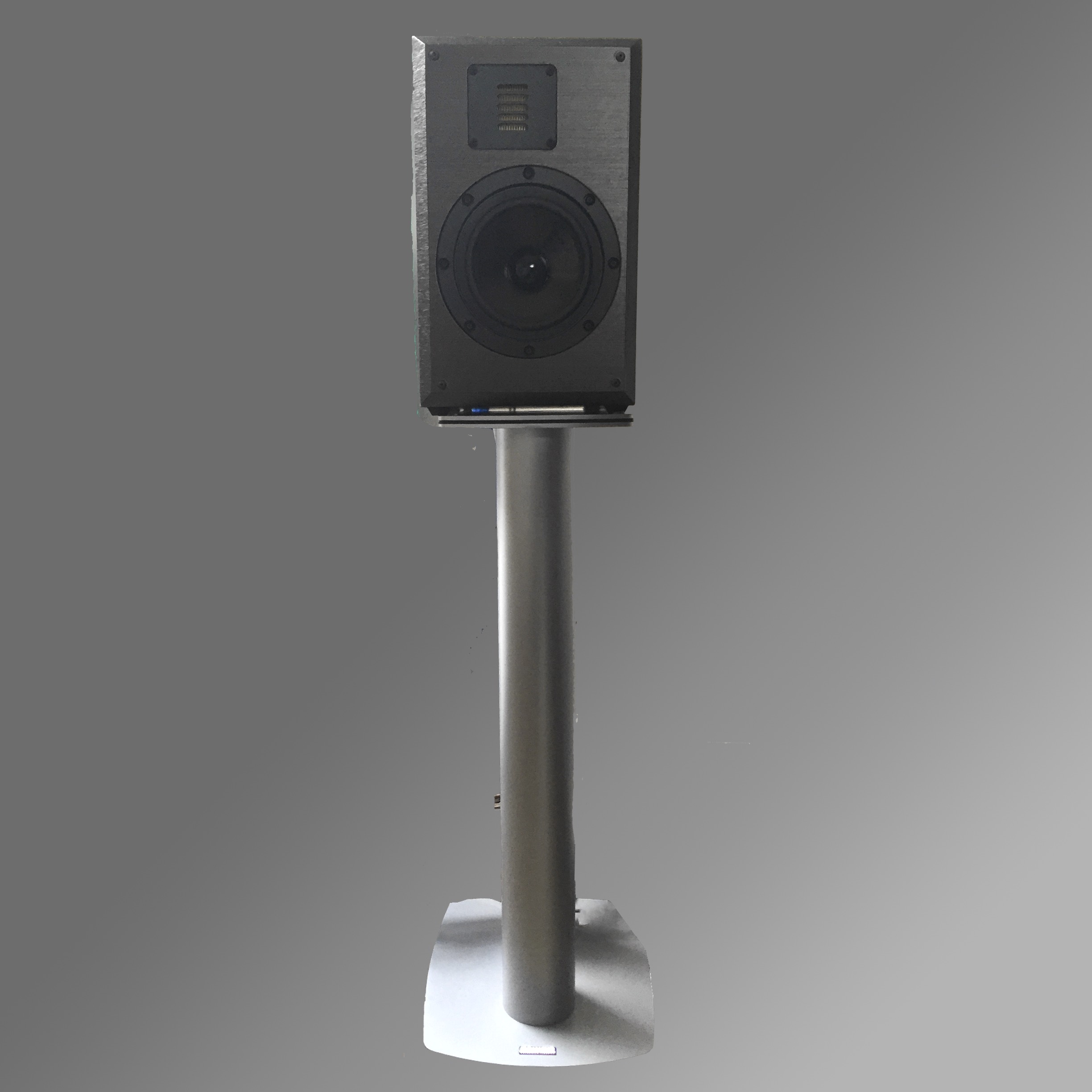
WS 2
… precise, analytical and still fun.
This speaker includes the famous Eton mid-bass driver and a Mundorf Air Motion Tweeter. That makes the speaker very quick and accurate. The supression out of room reflections and the decoupled positioning of these loudspeakers relentlessly reveals errors in the mix. Nevertheless, the monitor is musical and allows fatigue-free listening.
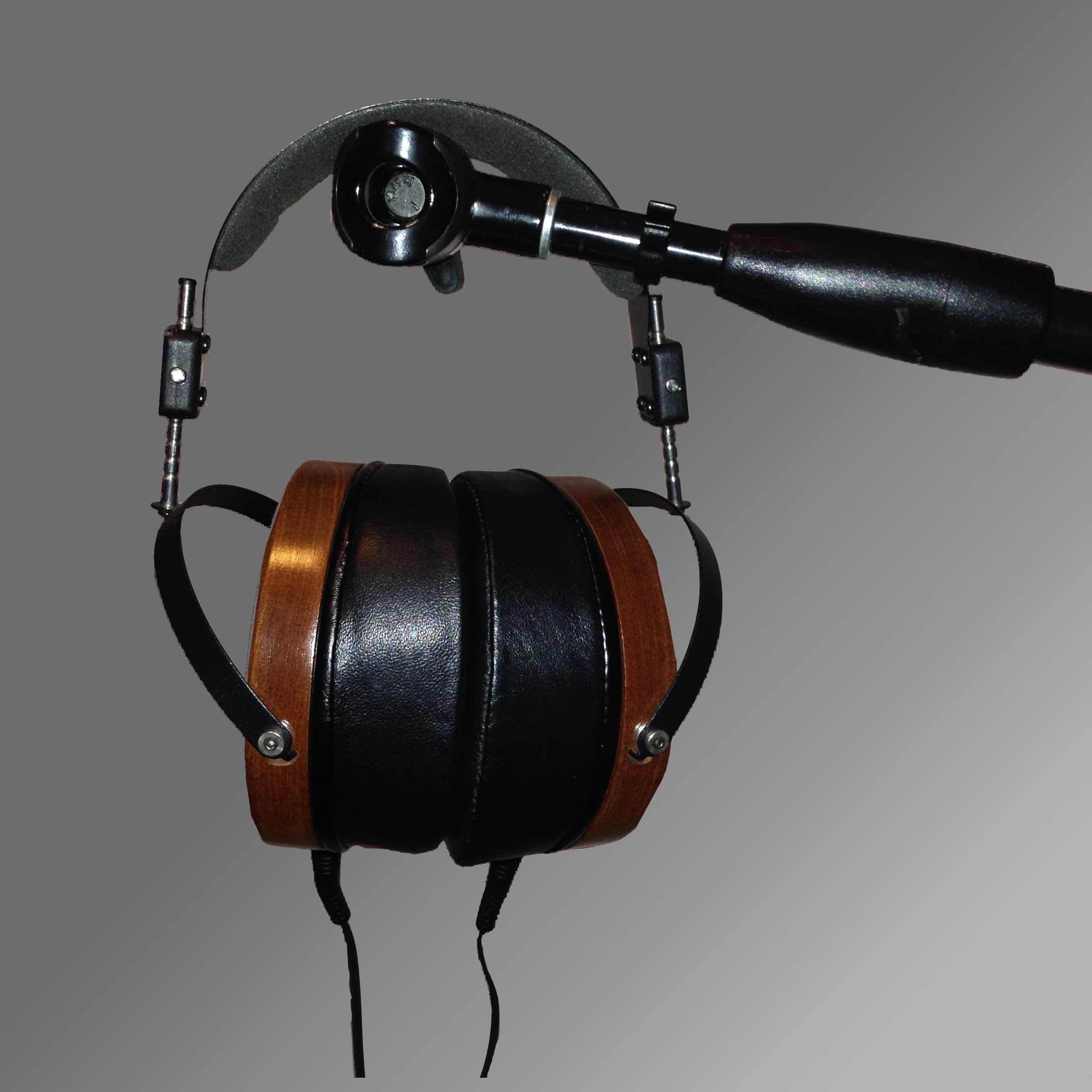
Audeeze LCD 2
The red wine of the headphones
The Audeeze are magnetostatic headphones. It is therefore the pedant for a ribbon microphone or our Infinitiy IRS Gamma. The Audeeze is strong, you could almost say juicy. The bass is unusually "palpable" for headphones. Nevertheless, the Audeeze has an extraordinary high resolution. Its high weight is hardly noticeable due to the very high quality of workmanship and perfect fit.
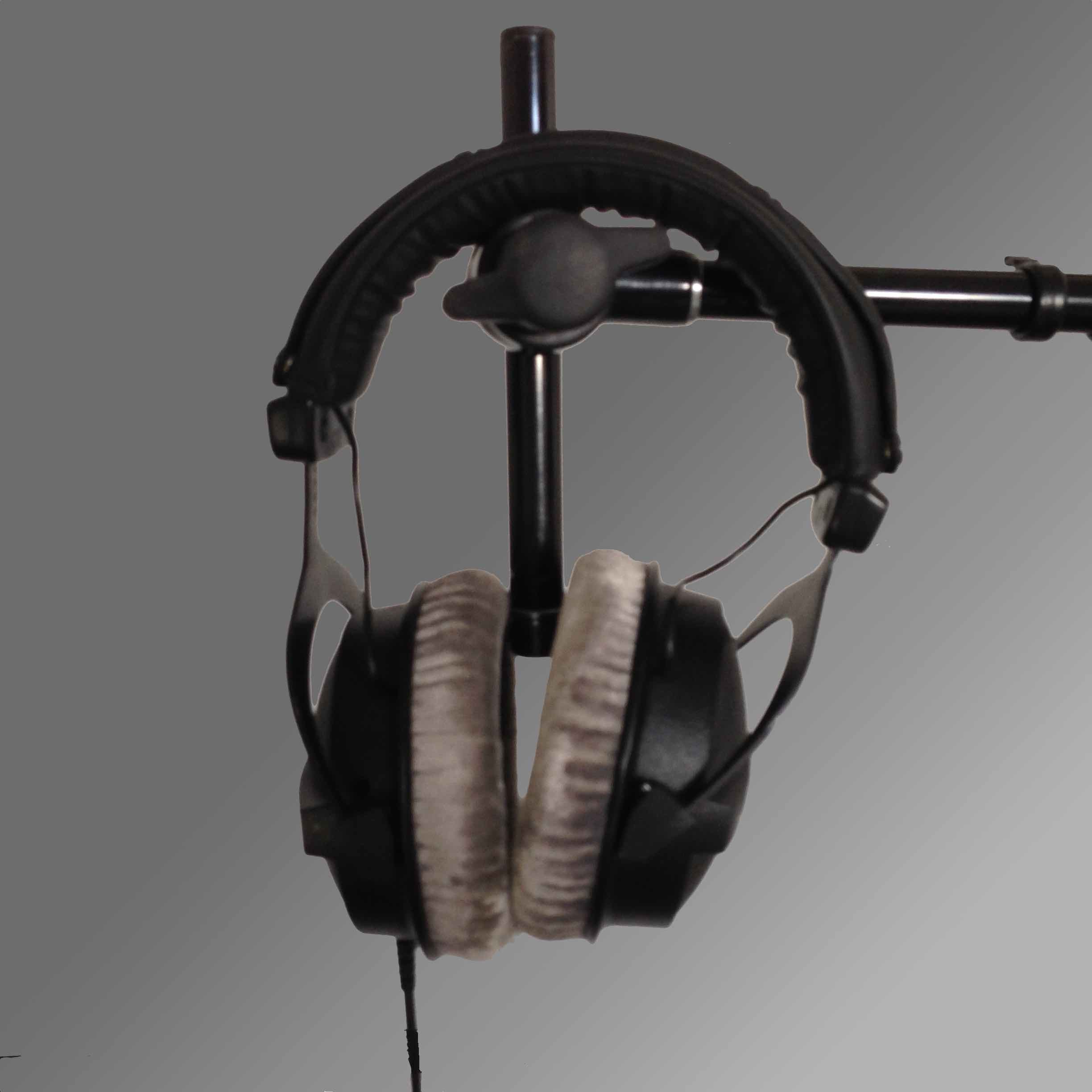
Beyerdynamik DT 770
The studio standard
The Beyerdynamik DT 770 has been the standard among studio headphones for a long time. That didn't stop the Swabians from continually developing it. In its latest incarnation, the membrane has become as light as that of a typical electrostat / magnetostat, which benefits the high-frequency, imaging and resolution. The DT 770 has a surprising, deep and rich bass. The closed system helps with recordings.
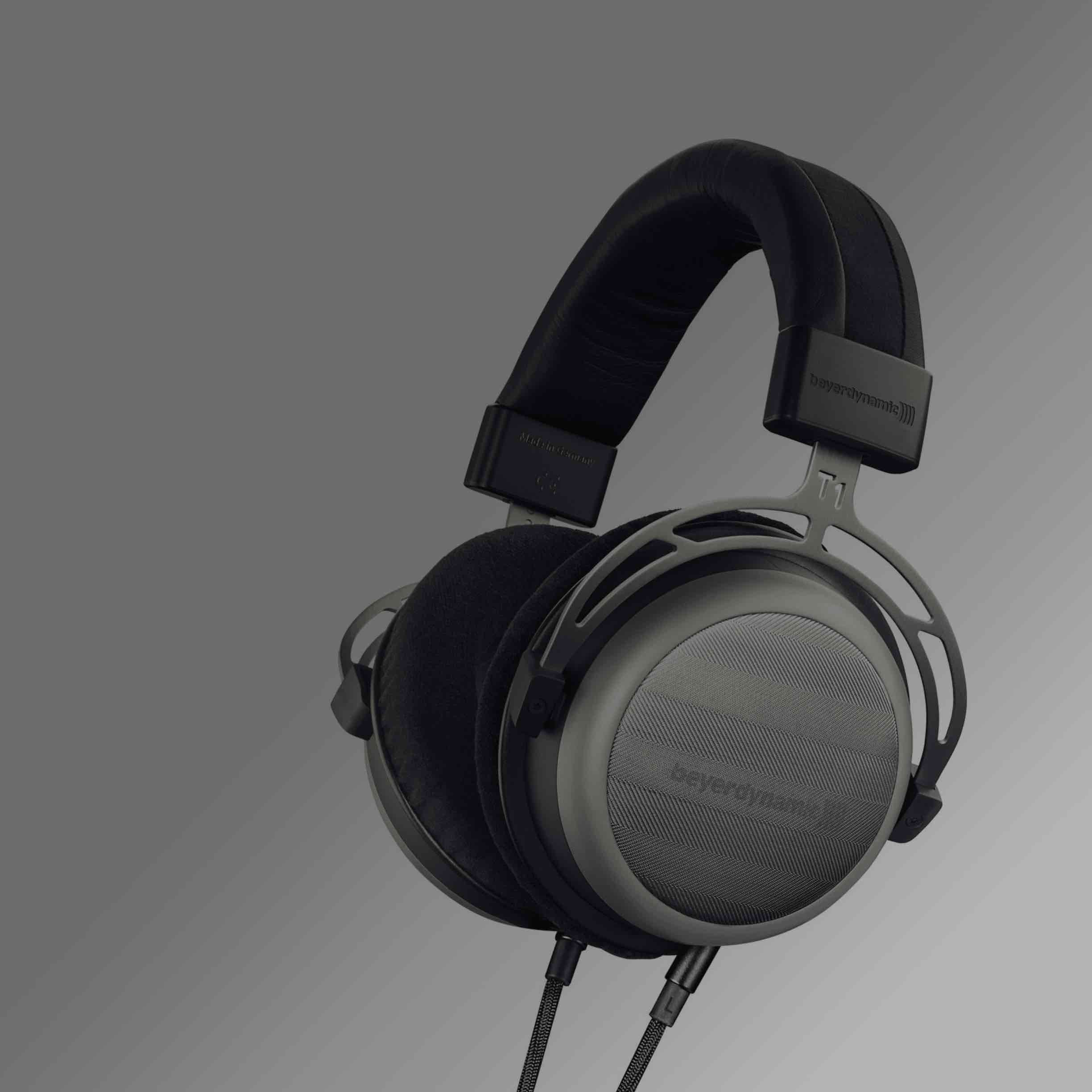
Beyerdynamik T1 MK II
The Beyerdynamic high end headphones
Like no other headphones from beyerdynamic, the T 1 (2nd generation) stands for the highest sound quality and precise craftsmanship. It is the flagship of the high-end headphone models and sets new standards with the unique Tesla technology.





